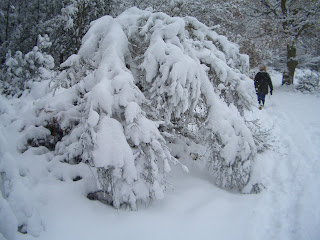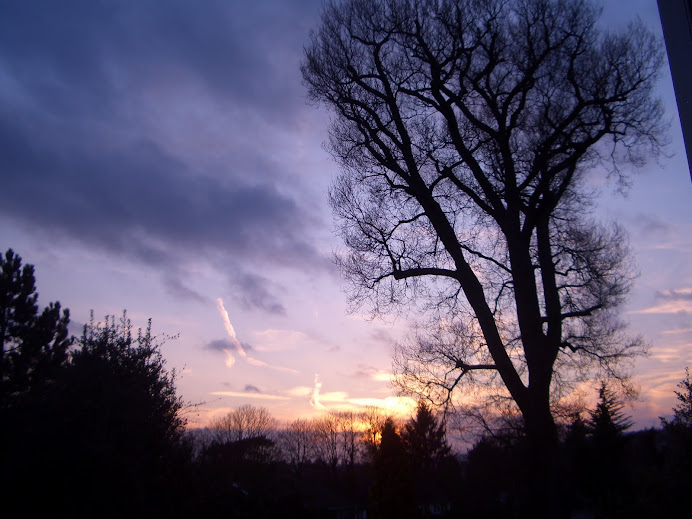 A month ago on this blog (23 November 2010) I posted a review of A New Renaissance – Transforming Science, Spirit and Society. This is a collection of 25 essays from acknowledged experts in their fields in response to a challenge from the Scientific and Medical Network to consider ways forward out of the socio-economic and ecological global crisis we find ourselves in.
A month ago on this blog (23 November 2010) I posted a review of A New Renaissance – Transforming Science, Spirit and Society. This is a collection of 25 essays from acknowledged experts in their fields in response to a challenge from the Scientific and Medical Network to consider ways forward out of the socio-economic and ecological global crisis we find ourselves in.The scene is set in the first chapter, written by Ervin Laszlo on The World’s Health Problem: an Integral Diagnosis. In his analysis, Laszlo concludes: “the world is (1) socially, economically and ecologically unsustainable, (2) saddled with irrational behaviours and (3) governed by obsolete beliefs and aspirations.” And over the next few weeks I want to consider one by one these irrational behavioural patterns and obsolete beliefs and aspirations, which he lists, before looking at possible solutions.
So here is the first obsolete belief: we think the Planet is inexhaustible, and this has guided our actions quite thoughtlessly for too long. We have carried on mining and extracting our fossil fuels without thinking that these have been laid down in the earth over hundreds of millions of years, and will take the same time scale to replenish. And we continue to fill our landfill sites to the brim with our waste, much of it toxic. We havn’t thought for a moment that the space available for rubbish is finite, or considered what happens as these massive rubbish piles degrade.
 In his wonderful book Harmony, HRH Prince Charles tells us that “according to UN figures, the US alone buries 222 million tons of household waste a year” with China catching up with 148 million tons. The biggest immediate problem of these massive piles of waste is that they produce greenhouse gases that trap the earth’s heat and contribute significantly to the global warming and its effects that we now witness around us.
In his wonderful book Harmony, HRH Prince Charles tells us that “according to UN figures, the US alone buries 222 million tons of household waste a year” with China catching up with 148 million tons. The biggest immediate problem of these massive piles of waste is that they produce greenhouse gases that trap the earth’s heat and contribute significantly to the global warming and its effects that we now witness around us.An early awareness of our violence against the natural environment probably came with James Lovelock’s invention in 1957 of the Electron Capture Detector, a device used for measuring chemical compounds in atmosphere and matter. This enabled the discovery of residual pesticides in the food we eat, the evidence for which Rachel Carson exposed to a general public in her book Silent Spring in 1963. In this she brought together the available research at that time on toxicology, ecology and epidemiology. She sought to put the world on alert as to the dangers ahead for humanity that she foresaw if we continued to use chemicals indiscriminately in our homes. She warned of the dangers of using such chemicals for agricultural and horticultural purposes, if we did not understand the possible long-term harm they may cause. She saw that the resultant build up of these substances in our food chain could be catastrophic to wild life environments and our own health. Most importantly, the book shattered our assumptions until then that the environment had an infinite capacity to absorb pollutants and maintain its own stability. Although much of what Carson wrote is now out of date, it shook our assumptions about chemicals, made us aware of chemical pollution for the first time, and kick started the ecological movement into action.
So why, Laszlo asks, do we behave so irrationally still? Why do we continue to run our global economy on polluting and finite fossil fuels when we have the technology to harvest energy from sun, wind, tide, geothermics and plants? Why indeed?
Einstein once said that we cannot solve a problem with the same kind of thinking that created our malady. Or in other words we cannot heal our planet and ourselves with the same kind of thinking that brought us to this current malady.
Laszlo tells us that we need a new kind of consciousness. Not only that, but there are signs around us that this is now emerging, a different kind of perception, of awareness, particularly in young people; a consciousness of connectedness and belonging, of oneness with nature. The evolution of this consciousness, Laszlo tells us, "is a precondition of healing our seriously damaged but not incurably sick planet."
I will look into this in more detail over the coming weeks as I consider some of the other irrational behavioural patterns and obsolete beliefs and aspirations listed by Laszlo that threaten our future.





















































